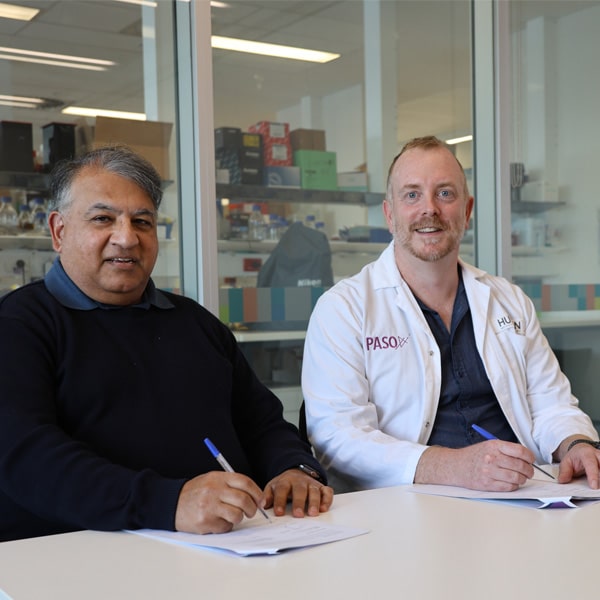New South Wales continues to report the highest average cocaine consumption in both capital city and regional sites of all locations tested nationwide, following the release of the Australian Criminal Intelligence Commission’s sixth National Wastewater Drug Monitoring Program report today.
Based on the wastewater findings for August 2018, New South Wales also reported the highest regional MDMA and heroin consumption in Australia.
Using data from the program, more than 9.6 tonnes of methylamphetamine is estimated to be consumed in Australia each year, as well as more than 4 tonnes of cocaine, 1.1 tonnes of MDMA, and more than 700 kilograms of heroin. At street prices, the estimated value of this quantity of drugs for the four drugs is in the region $9.3 billion, underlining the size of the black economy that relates to drugs alone.
Australian Criminal Intelligence Commission Chief Executive Officer, Mr Michael Phelan APM said wastewater data increases our understanding of drug consumption in Australia including drug use patterns across states, territories and the nation.
“Cannabis consumption has been included for the first time, showing regional average cannabis consumption exceeded capital city average consumption in August 2018. Its inclusion in the program provides further insight into one of the largest illicit drug markets in Australia,” Mr Phelan said.
“On a national level, of the drugs measured by the program with available dose data, alcohol and nicotine remain the highest-consumed substances.
“As the program continues to build long term drug consumption data, fluctuations in consumption are evident. Understanding local drug consumption patterns assists law enforcement, policy, regulatory and health agencies develop targeted supply, demand and harm reduction strategies.”
In August 2018, the program monitored 13 licit and illicit substances at 58 wastewater sites nationally, covering 56 per cent of Australia’s population—around 13 million people.
- average nicotine consumption decreased in capital city sites and increased in regional sites
- average alcohol consumption increased in capital city sites and decreased in regional sites
- average methylamphetamine consumption decreased in capital city sites and increased in regional sites
- average cocaine consumption increased in both capital city and regional sites
- average MDMA consumption increased in both capital city and regional sites
- average MDA consumption increased in capital city sites and decreased in regional sites
- average oxycodone consumption increased in both capital city sites and regional sites
- average fentanyl consumption increased in capital city and decreased in regional sites
- average heroin consumption increased in both capital city and regional sites
As the National Wastewater Drug Monitoring Program concludes its second year, long term data is now available to provide greater insight into drug consumption in Australia. Annual methylamphetamine, cocaine, MDMA and heroin consumption estimates for the first two years of the program show the estimated weight of methylamphetamine and cocaine consumed annually has increased from the first year of the program, while the estimated weight of MDMA and heroin consumed annually has decreased.
The Australian Criminal Intelligence Commission received $3.6 million over three years from Proceeds of Crime funding for the National Wastewater Drug Monitoring Program. The University of Queensland and the University of South Australia have been commissioned to deliver the program and prepare the research findings.
The full report is available on the Australian Criminal Intelligence Commission website: www.acic.gov.au







